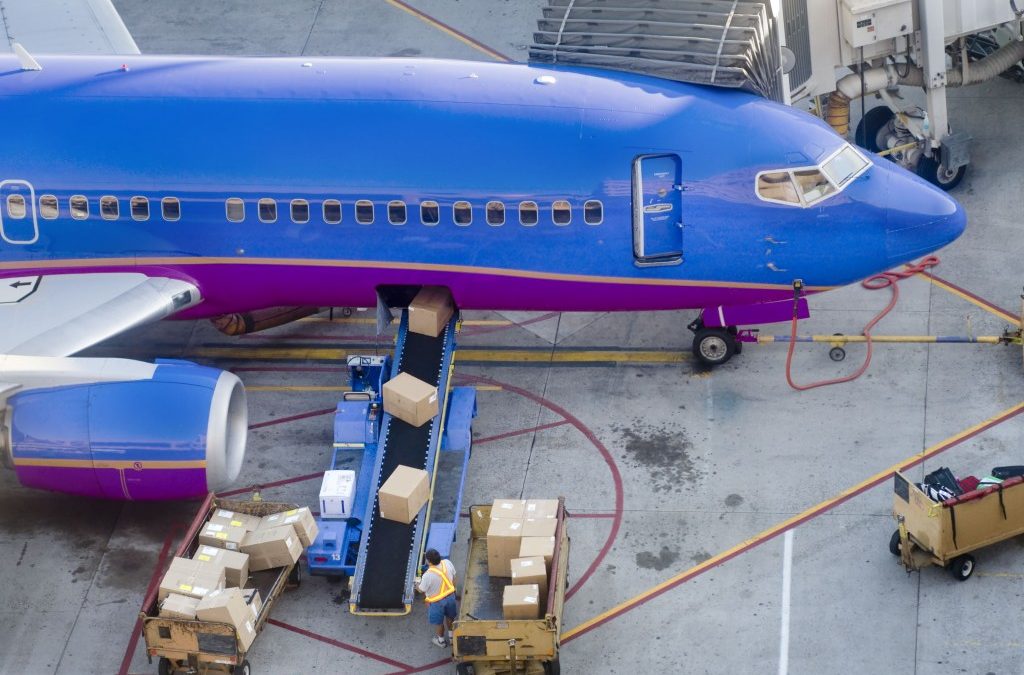According to a recent report in USA Today, commercial airlines in America handle more than 30 million checked bags each month. Transporting luggage safely from point A to point B is an important aspect of the modern airline industry, as every Chicago workers’ compensation lawyer knows. Despite advances in technology, the most difficult parts of baggage handling are still done by employees who must lift, transfer and move heavy bags. Proper ergonomics in the workplace may lower the injury risk to baggage handlers.
Why is manual baggage handling so risky?
The U.S. Occupational Safety and Health Administration has highlighted a number of major risk factors facing baggage handlers, including all of the following:
- Falling baggage
- Incorrectly balanced loads
- Cramped, awkward or confined spaces such as aircraft cargo holds
- Excessive work pace during busy periods
- Heavy or oversized luggage
- Repetitive stress from long work shifts
Many luggage handlers face all six of these factors when they work on the ramp.
Turning to ergonomics for a solution
Ergonomics is the science of efficient and safe movement in the work environment. It can be applied successfully to a wide range of jobs, from sedentary office work to intensely physical tasks such as logging and professional sports. Good ergonomic practices may also be a key to lowering injury rates among ramp workers and baggage handlers at airports.
Up to two-thirds of baggage handlers are in pain
According to a study published in the British Medical Journal, up to 66 percent of luggage handlers suffer pain in the lower back because of work activities. Recent research suggests that ergonomic improvements can cut down on this unacceptably high rate of job-related back pain.
Best practices for luggage handlers
OSHA guidelines for safe luggage handling include rules on correct lifting. Agents should never twist or reach while they are handling a piece of baggage. Lifting should be done gradually from the knees, without turning or lunging. Throwing or catching bags on the ramp is a dangerous activity that may cause a disabling injury, as a Chicago workers’ compensation lawyer is aware. OSHA rules require all bags weighing more than 50 pounds to be labeled with a high-visibility tag or sticker.
Ergonomic improvements are good for employers and workers
Airports and airlines that have implemented ergonomic changes are less likely to suffer financial losses because of employee injury. Ergonomics are good for everyone in the ramp environment. Injured airline workers should consider calling a Chicago workers’ compensation lawyer to speak about their case.


Recent Comments